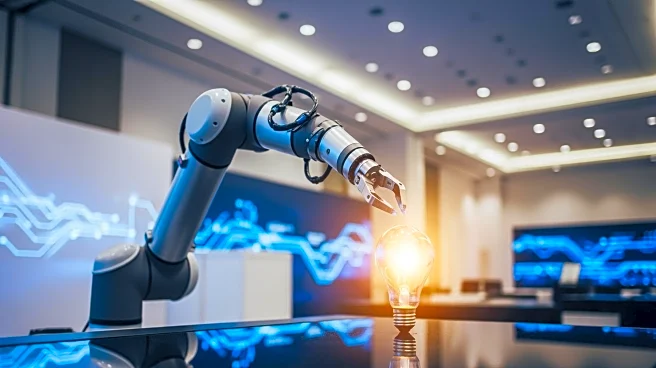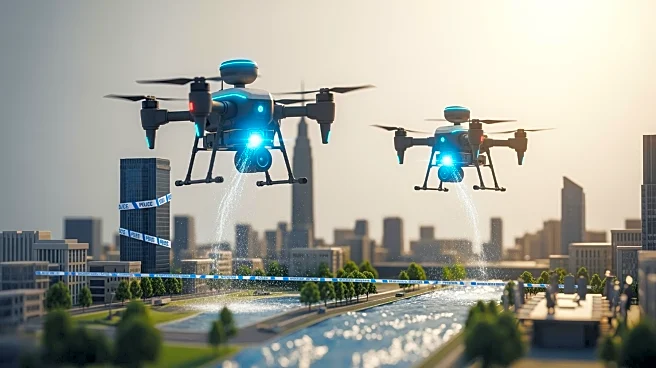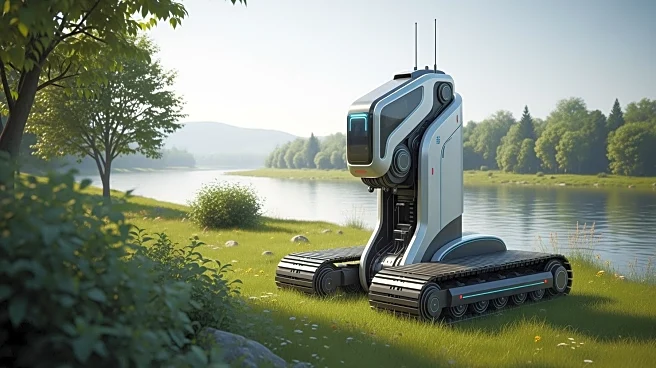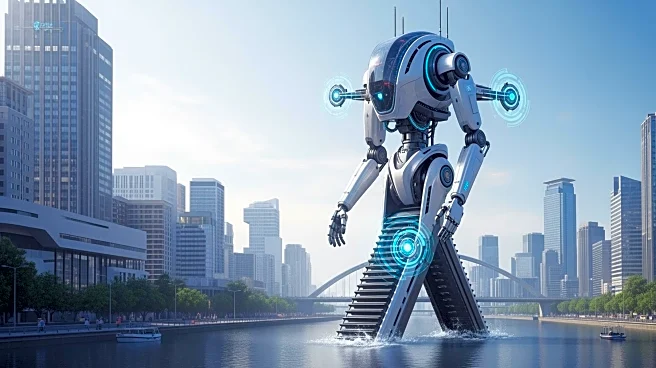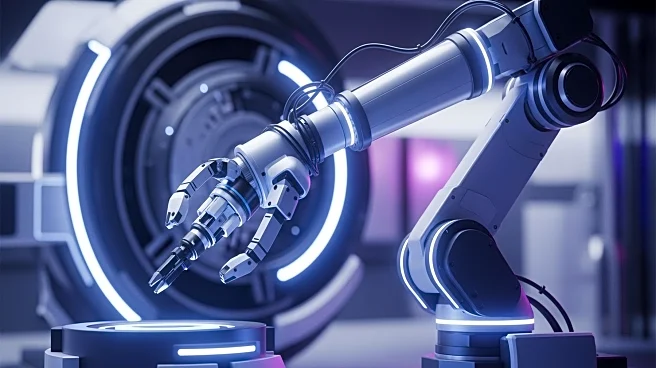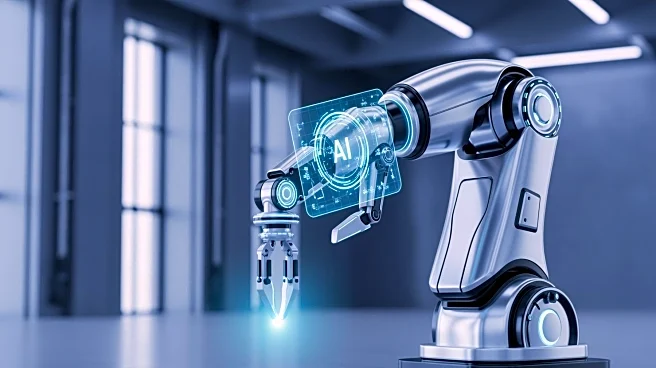What's Happening?
Terranova, a startup based in San Rafael, California, is addressing the city's sinking issue by proposing a novel solution to combat flooding due to rising sea levels. The city, particularly the Canal District, is sinking at a rate of half an inch per
year, increasing the risk of flooding. Traditional solutions like seawalls are financially unfeasible for the city, with costs estimated between $500 million to $900 million. Terranova's approach involves using robots to inject a slurry of wood waste into the ground, lifting the land to prevent flooding. This method is significantly cheaper, with a quoted cost of $92 million to raise 240 acres by four feet. The startup has raised $7 million in a seed round to support its efforts.
Why It's Important?
The innovative approach proposed by Terranova could revolutionize how cities deal with the threat of rising sea levels. By offering a cost-effective alternative to expensive seawalls, the startup's solution could be a game-changer for cities with limited budgets. This method not only addresses the immediate threat of flooding but also offers a sustainable way to manage land subsidence. The potential to sell carbon credits further enhances the economic viability of the project. If successful, Terranova's technology could be applied to other cities facing similar challenges, potentially saving billions in infrastructure costs and protecting vulnerable communities.
What's Next?
Terranova plans to continue testing its technology at a pilot site and aims to expand its operations to other cities facing similar challenges. The company is also exploring opportunities to apply its land-lifting technology to wetlands remediation projects. As the urgency of addressing rising sea levels grows, Terranova's solution could attract interest from city planners and environmental agencies looking for sustainable and cost-effective flood prevention methods.
Beyond the Headlines
The use of wood waste as a material for land lifting raises questions about its long-term environmental impact, particularly in terms of biodegradability and potential effects on local ecosystems. Additionally, the reliance on robotic technology and genetic algorithms for precise injection patterns highlights the increasing role of automation and artificial intelligence in environmental engineering solutions.




